When people think of baking, they often imagine pretty cupcakes, cookies or a fluffy loaf of banana bread. But if there’s one silent hero behind every successful bake, it’s the oven. As bakers—whether beginner, home-based or professional—we tend to focus a lot on ingredients, measurements and techniques, but forget the one tool that brings it all together: heat. Understanding how your oven works can truly make or break your bake. It’s not just about turning a dial to 180°C and hoping for the best—different ovens function differently, heating isn’t always even, and temperature accuracy isn’t always guaranteed. Whether you’re baking in a home kitchen or gearing up for professional production, this guide will walk you through the principles of oven heat, how to get the best out of your personal or professional setup and how a little oven know-how can seriously upgrade your baking game.
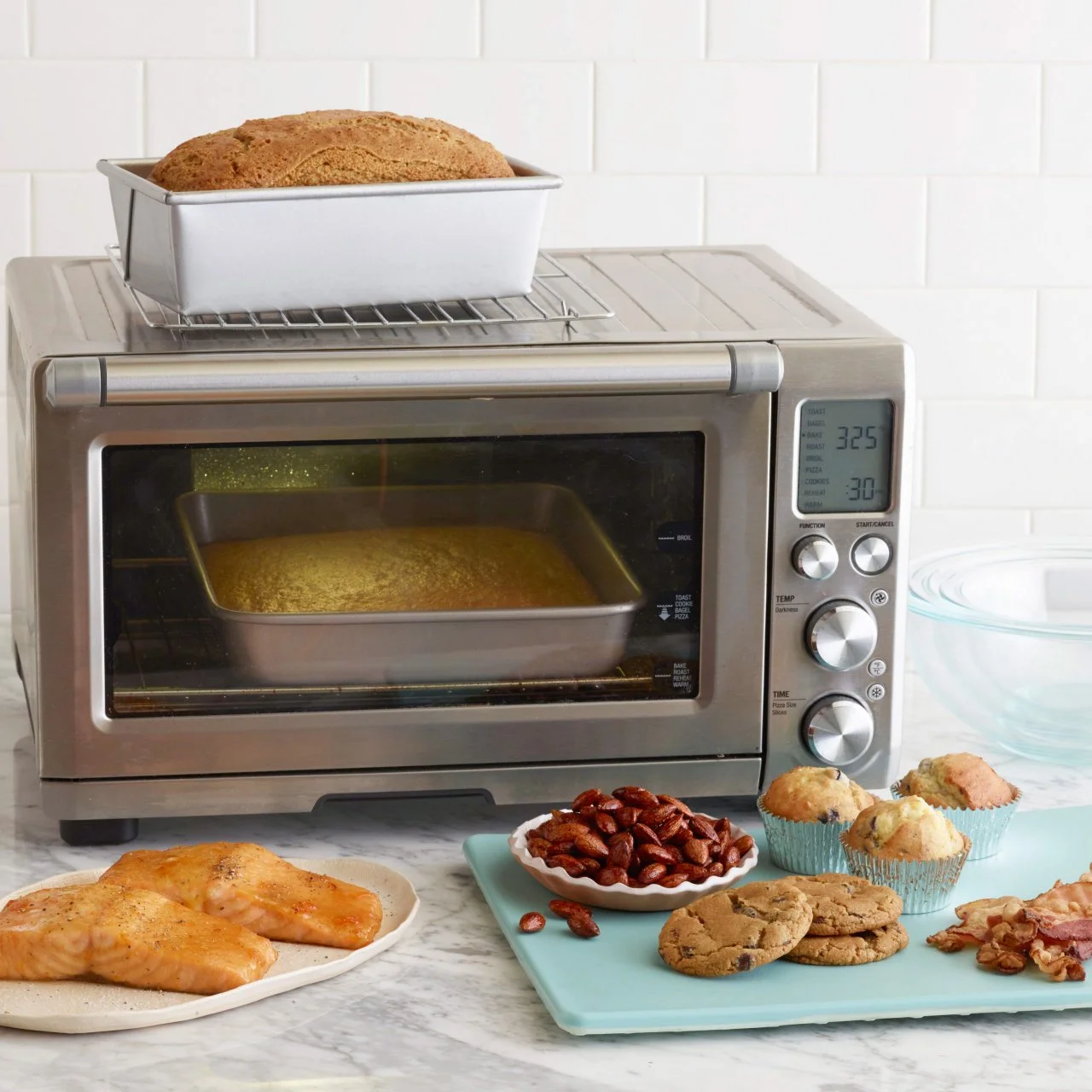
HOW OVENS ACTUALLY WORK
At its core, baking is all about controlled heat transfer. Most ovens heat using conduction (through the pan), convection (movement of hot air) and radiation (heat from the elements). The goal of baking is to apply consistent, moderate heat so the structure of your batter or dough sets gradually, allowing leavening agents to do their job, sugars to caramelize and moisture to evaporate at the right pace.
TYPES OF OVENS
Conventional Ovens (OTG – Oven, Toaster, Grill)
These ovens heat through top and bottom coils and are common in home kitchens. They take longer to preheat and often have uneven heat distribution which makes rack positioning very important. These are traditional electric ovens that use heating rods or coils placed at the top and bottom to generate heat. The heat tends to rise unevenly, which is why rotating trays and knowing your oven’s hot spots is key. OTGs are great for most baking needs and are especially popular in Indian households. They do require manual monitoring and may take a bit longer to bake compared to convection ovens.
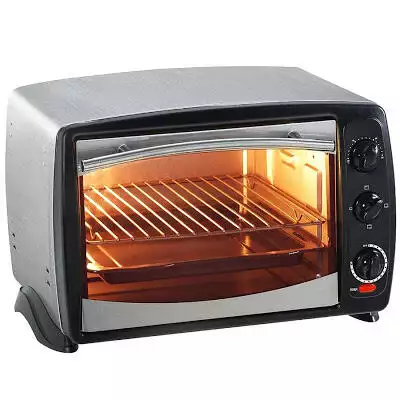
Convection Ovens
Convection ovens come equipped with a fan that circulates hot air throughout the oven cavity. This allows for more even baking and often reduces baking time by 20–25%. The fan ensures uniform heat distribution, so you can bake multiple trays at once with consistent results. However, the strong airflow can dry out delicate items or cause cakes to dome if not monitored properly. They bake faster and more uniformly but can cause the tops of delicate bakes to brown too quickly if not adjusted for.
Tip: Reduce the recipe temperature by 10–15°C if using convection mode.
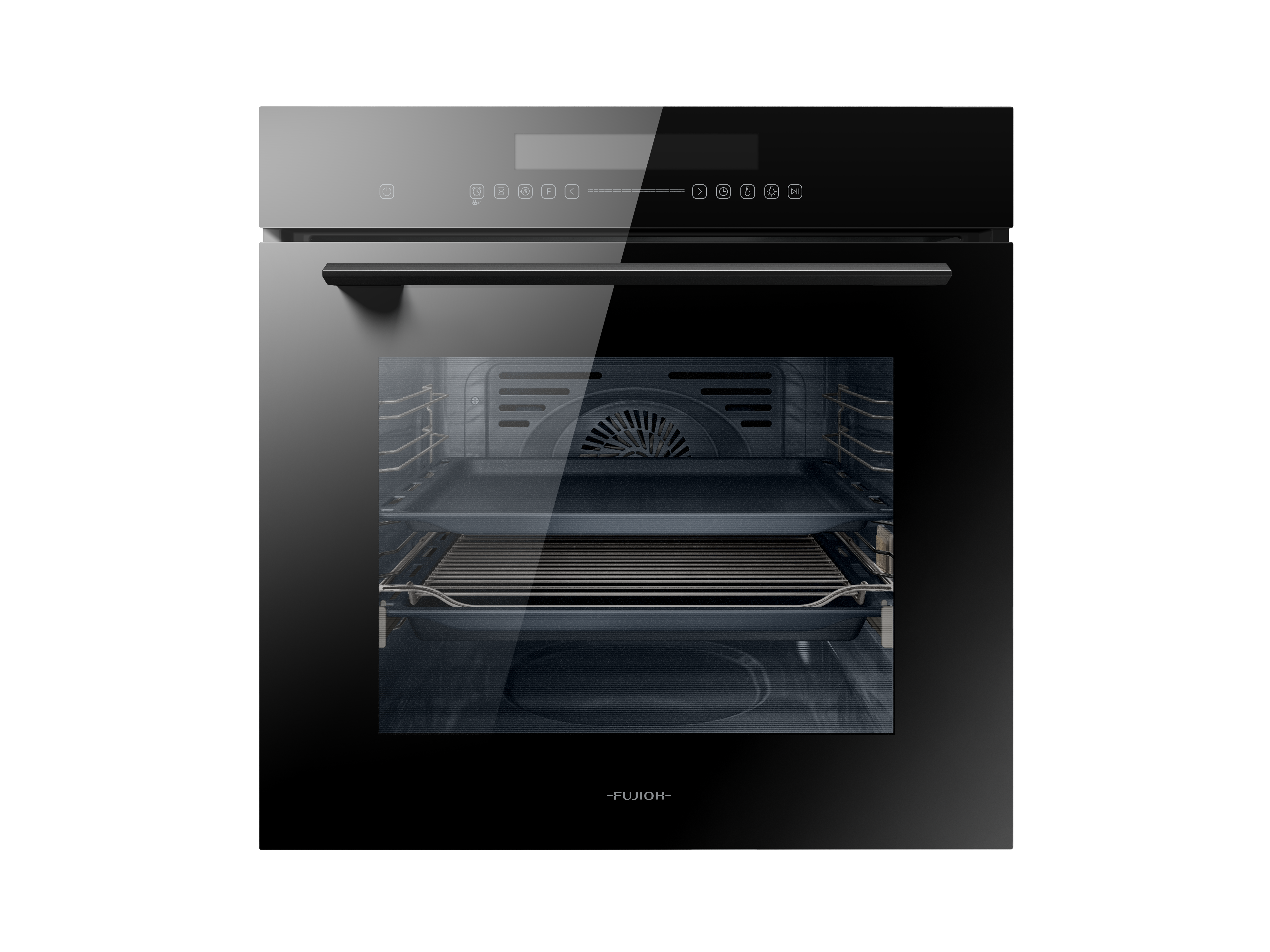
Microwave Ovens with Convection Mode
These are hybrid ovens found in many homes. When switched to convection mode, they act like small convection ovens. They heat quickly and are great for basic baking, but because of their size and build, they can have uneven heat zones. They’re perfect for quick bakes and small portions especially if you’re just starting out.
Limitation: Can’t accommodate large trays or layered cakes.

Professional Deck or Rack Ovens
These are heavy-duty ovens designed for commercial use. Deck ovens use stone or ceramic surfaces for an even bake while rack ovens can handle dozens of trays at once with uniform air circulation. They’re built for consistency, volume and efficiency. These offer precision, capacity and consistency—perfect for bakeries or businesses. They’re expensive but designed for high output and consistent performance.
Note: High investment, but worth it for scaling a baking business.

Air Fryer Ovens
These have gained popularity in recent years. Technically, they use rapid air circulation (a form of convection) to cook food. While not ideal for all kinds of baking, they’re surprisingly good for small bakes like cookies, muffins and brownies in a pinch.

RELATED RECIPES FROM THE BLOG
- EGGLESS CHOCOLATE CHIP ALMOND COOKIES
- EGGLESS BANANA CHOCOLATE UPSIDE DOWN CAKE
- EGGLESS LAVA CAKE
- EGGLESS WHOLEWHEAT COOKIE CUPS
OVEN SIZE MATTERS
The size of your oven plays a bigger role in your baking results than you might think. A small oven heats up faster, but it can have hot spots and limited airflow which may cause uneven baking or over-browning. Larger ovens offer better heat distribution and can accommodate multiple trays, making them ideal for batch baking. However, they also take longer to preheat and may require temperature adjustments if you’re baking in small portions. Additionally, pan placement becomes more important in larger ovens—too high or too low can affect how evenly your cakes or cookies bake. Always choose an oven that suits the volume of your baking. If you’re baking just for family or small orders, a medium-sized OTG (28–40L) is perfect. For larger-scale baking, go for a full-sized convection or commercial oven. Remember: baking is about precision and your oven’s size directly impacts that!
WHICH OVEN TO BUY THEN?
If you’re baking occasionally or for home consumption, a mid-sized OTG or convection microwave will serve you well. But if you’re baking for orders or content creation, investing in a reliable convection oven or a deck oven (if you have the space) can be a game-changer. Always consider your scale, consistency needs and what kind of bakes you’re doing most often.
THE MIDDLE RACK RULE
If you’ve ever wondered why so many baking recipes insist on using the middle rack, here’s the secret: it’s where the magic happens.
Most ovens heat from the bottom and top, and the middle rack sits right in between—meaning it gets the most even distribution of heat. This balance ensures your baked goods cook through evenly without getting burnt at the base or undercooked at the top. Whether you’re baking cookies, cakes, brownies or bread, the middle rack helps achieve that perfect golden-brown finish and consistent texture.
Using the middle rack also reduces the chances of soggy bottoms or cracked tops, which often happen due to direct heat exposure from the top or bottom rods. It acts as a neutral zone where heat surrounds your bake gently rather than blasting it.
However, there are exceptions. Want a crisp pizza base? The bottom rack gives you that intense heat. Want to brown a meringue or gratin top? The top rack is your go-to. But for 90% of classic baking—especially delicate desserts—the middle rack is the safest, most reliable bet.
Tip: If your oven has only two racks or is compact, try adjusting the recipe temperature slightly and monitor closely to mimic middle-rack behavior.

WHY PREHEATING IS NON-NEGOTIABLE
Preheating your oven ensures that your batter or dough enters an environment that’s already at the correct temperature. If you skip this step, leavening agents like baking powder or baking soda may activate too early (before your bake starts to set) leading to flat or dense results. Preheat for at least 10–15 minutes or until your oven thermometer says it’s ready.
HOW TO CHECK IF YOUR OVEN RUNS COLD OR HOT
Oven dials are notoriously unreliable. Your oven might claim it’s at 180°C, but it could be running 10–15 degrees hotter or colder. Here’s how to check:
- Use an oven thermometer (an inexpensive but vital investment).
- Place it inside your oven and compare its reading to your oven’s setting.
- Adjust your baking temperature accordingly or compensate with shorter/longer baking times.

RECIPES VS. REALITY: TRUST YOUR EYES (AND NOSE!)
Baking recipes are like roadmaps—they guide you in the right direction, but sometimes you need to take a slight detour based on your kitchen conditions. Oven temperatures can vary by 10 to 20 degrees (even if preheated), ingredients can behave differently depending on where you live and even the type of bakeware you use (dark vs. light, glass vs. metal) can affect how quickly something cooks. That’s why blindly following the recipe timer can lead to underbaked centers or overdone edges.
Instead, start paying attention to the real-time signs your bake is giving you. Has the top turned beautifully golden? Does the cake spring back when lightly pressed? Can you smell that rich, sweet aroma wafting through your kitchen? These cues often tell you far more than the timer ever could.
And don’t be afraid to adapt. If your muffins are still pale after the stated time, give them a few more minutes. If your cookies are browning too quickly, cover them loosely with foil or reduce the temp slightly. No two kitchens are alike—and the more you bake, the more confident you’ll get at listening to your senses.
The most seasoned bakers will tell you: learning to trust your eyes and nose is what turns a good baker into a great one.
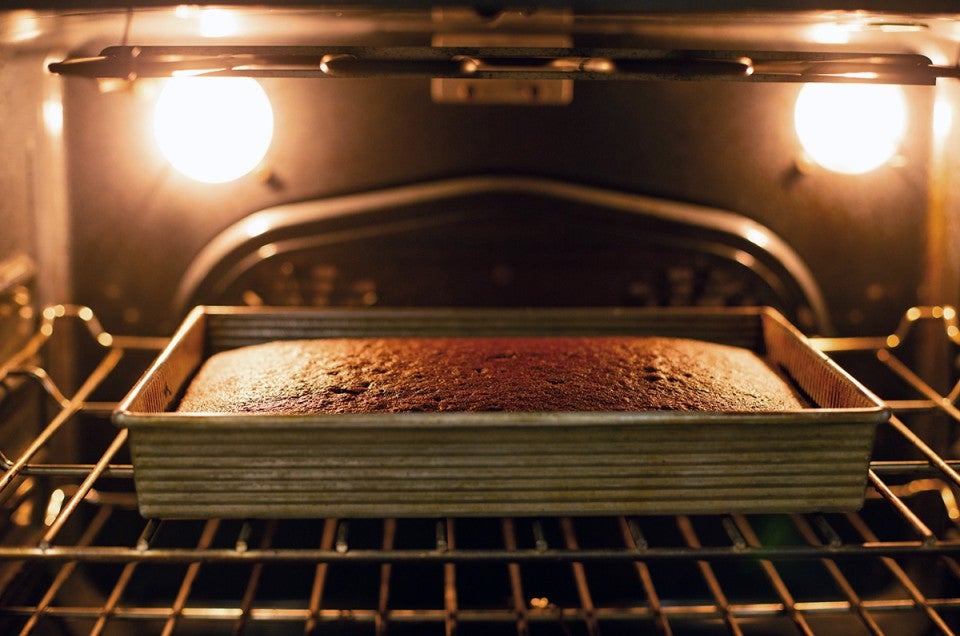
HOW TO CONVERT TEMPERATURES
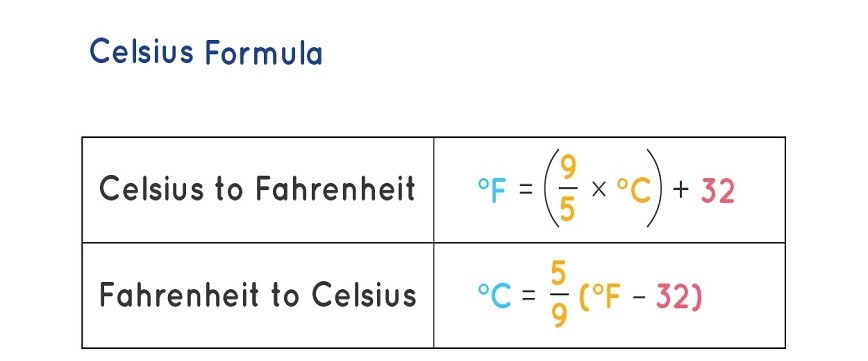
FINAL THOUGHTS
Once you understand your oven’s behavior, baking becomes a whole lot more predictable and enjoyable. You’ll start avoiding common baking mishaps and build the confidence to tweak, test and trust your instincts. Because at the end of the day, an oven is more than just a box with heat—it’s the heart of your baking journey.

 Hello. I'm Shivesh Bhatia, a food blogger and food stylist from Delhi, India. Welcome to Bake With Shivesh, where I'll help you create magic in your kitchens with my simple recipes.
Hello. I'm Shivesh Bhatia, a food blogger and food stylist from Delhi, India. Welcome to Bake With Shivesh, where I'll help you create magic in your kitchens with my simple recipes.
Leave a Reply